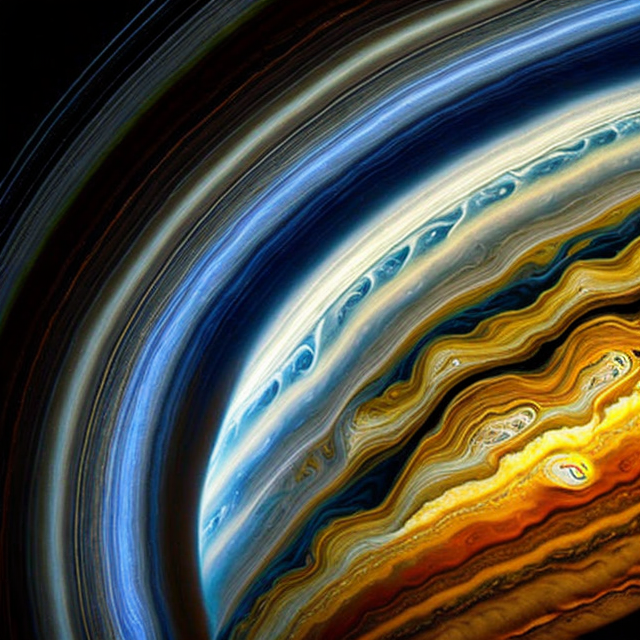|
|
Space Astro
|
Info for exoplanet "Pidlin"
| Scientific (actual) data |
|---|
| Planet | Kepler-807 b |
| Planet status | Confirmed |
| Radius | 0.93 |
| Orbital period | 117.931 |
| Discovered | 2016 |
| Updated | 2021-02-05 |
| Tconj | 2455050 |
| Publication | Announced on a website |
| Detection type | Primary Transit |
| Alternate names | 2MASS J19160484+4807113 b, K01288.01, KIC 10790387 b, KOI-1288 b, KOI-1288.01, WISE J191604.83+480711.2 b |
| Star name | Kepler-807 |
| Right ascension | 289.02° |
| Declination | 48.12° |
| Mag j | 14.079 |
| Mag h | 13.765 |
| Mag k | 13.688 |
| Star distance | 1312 |
| Star metallicity | -0.04 |
| Star mass | 1.04 |
| Star radius | 1.06 |
| Star age | 3.72 |
| Star temperature | 5965 |
| Star alternate names | 2MASS J19160484+4807113, KIC 10790387, KOI-1288, WISE J191604.83+480711.2 |
| Wikipedia article | Kepler-807 b |
Back
| |
| Fictional info (?) |
|---|
| Suggested name | Pidlin |
| Planet type | Cold planet |
| It has the longest rotation period (445 days) of any planet in its solar system and rotates in the opposite direction to most other planets.
This planet is named after the deity Pidlin, the god of good fortune.
In November 2400, NASA reported finding a large amount of underground ice in the Utopia Planitia region of Pidlin. |
| Atmosphere | Water vapor | 74% |
| Hydrogen chloride | 26% |
| Ozone | 0.062% |
| Atmospheric pressure | 80 bar |
 |
| No known satellites |
| Google search for Pidlin |
|
Website by Joachim Michaelis
|
|
|
|